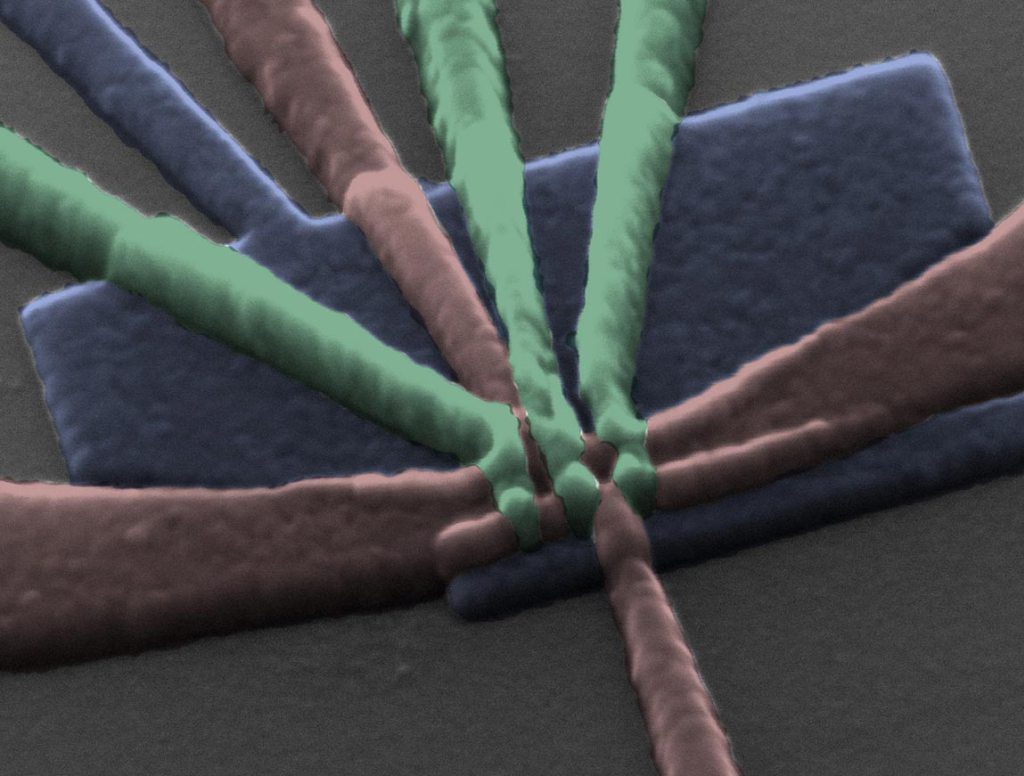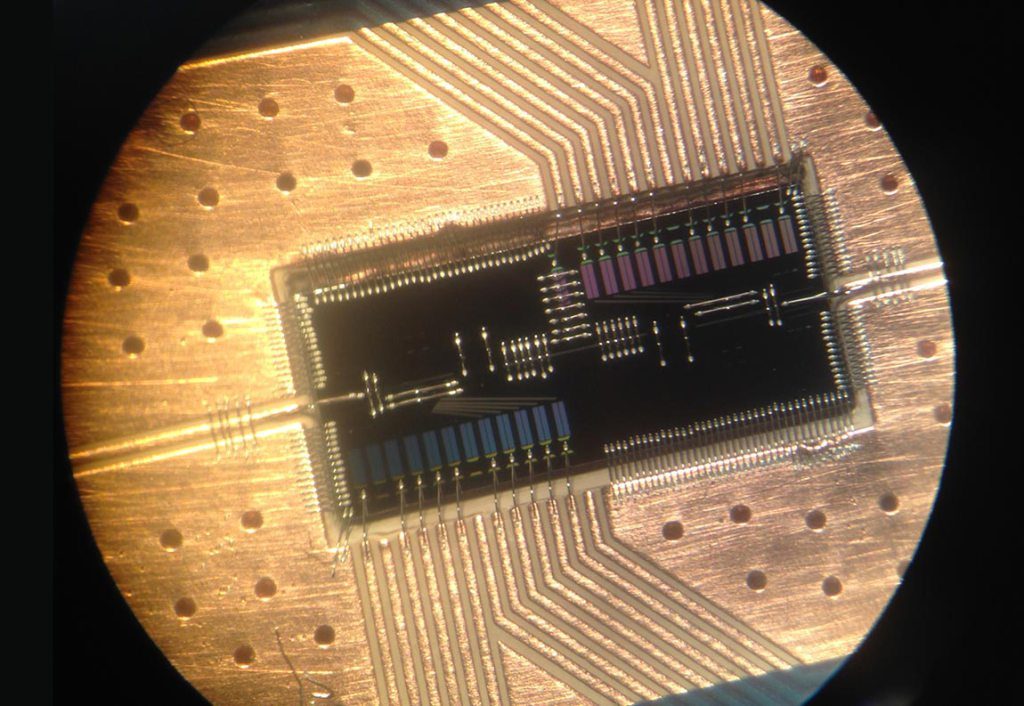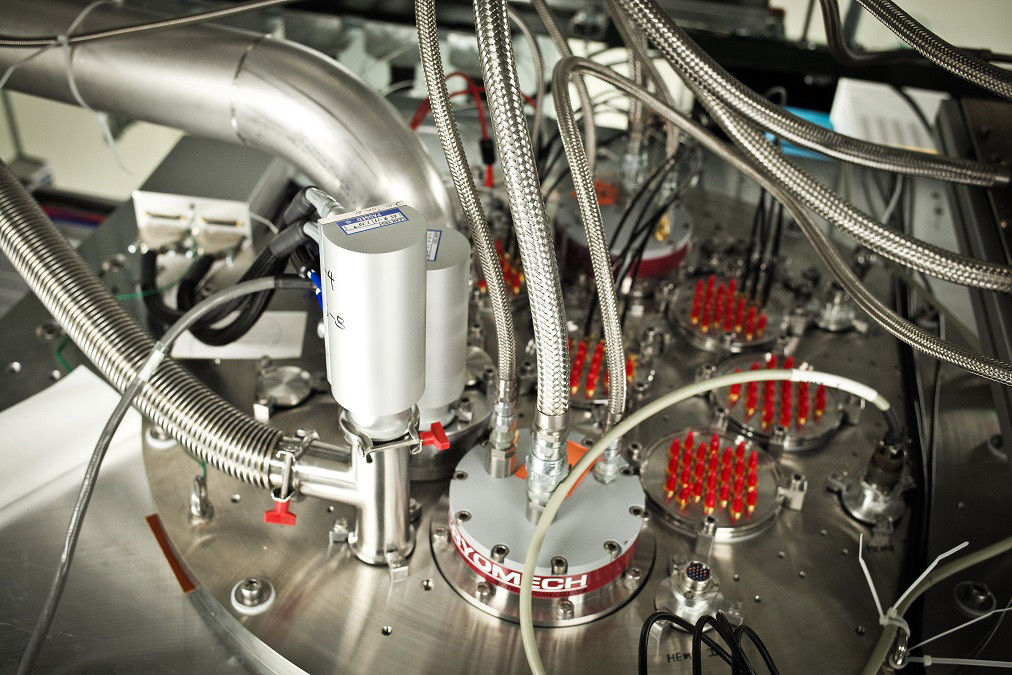The future of computers lies in quantum computing. No longer will we be working with 1’s and 0’s, but qubits that are capable of being both 1 and 0 at the same time. In terms of capability, this means that a quantum computer is able to calculate much more complex problems simultaneously, unlike your standard computer.
But, as great as that all sounds, it’s not easy programming a quantum computer to be able to solve these difficult equations. However, one recent study may have just made the process a little easier. The involved study scientists at Princeton University and basically consisted of the group creating a device that was able to pass a quantum state from particle to particle. One of the researchers involved in the study and graduate student in Princeton’s Department of Physics, Xiao Mi, said, “We now have the ability actually to transmit the quantum state to a photon. This has never been done before in a semiconductor device because the quantum state was lost before it could transfer its information.”


The whole research project went on for five years with details of the passing of information from an electron to a photon disclosed just recently. The device used to do this was constructed by HRL Laboratories and is owned by General Motors and Boeing. Its simplistic design uses tow commonly used materials: silicon and silicon-germanium. Made from layers of silicon and nanowires placed at the top, these chips are great for transferring quantum information across. Photons were used as the medium for exchanging quantum information between electrons as they’re less sensitive to disruption and also have the ability to travel well through optic cables and circuits that could be used in a quantum supercomputer.
Jason Petta is a professor of physics at Princeton, and he says, “Just like in human interactions, to have good communication a number of things need to work out – it helps to speak the same language and so forth. We can bring the energy of the electronic state into resonance with the light particle so that the two can talk to each other.” So, hopefully, it won’t be too many more years we have to wait to see a quantum computer, but for now, it’s not quite there yet.
More News To Read
- What Direction Will Artificial Intelligence Turn in 2017?
- It’s Probable That Our Political Ideology is Genetically Ingrained Inside Our Genes
- Germany Take a Harsh Stand Against Illegal Posts
- 3D Printing Chances 5000 Years Old Glass Making Industry
- Lose One, Buy One; Apple’s Airpods Will Be Bought Individually To Replace Lost Ones











